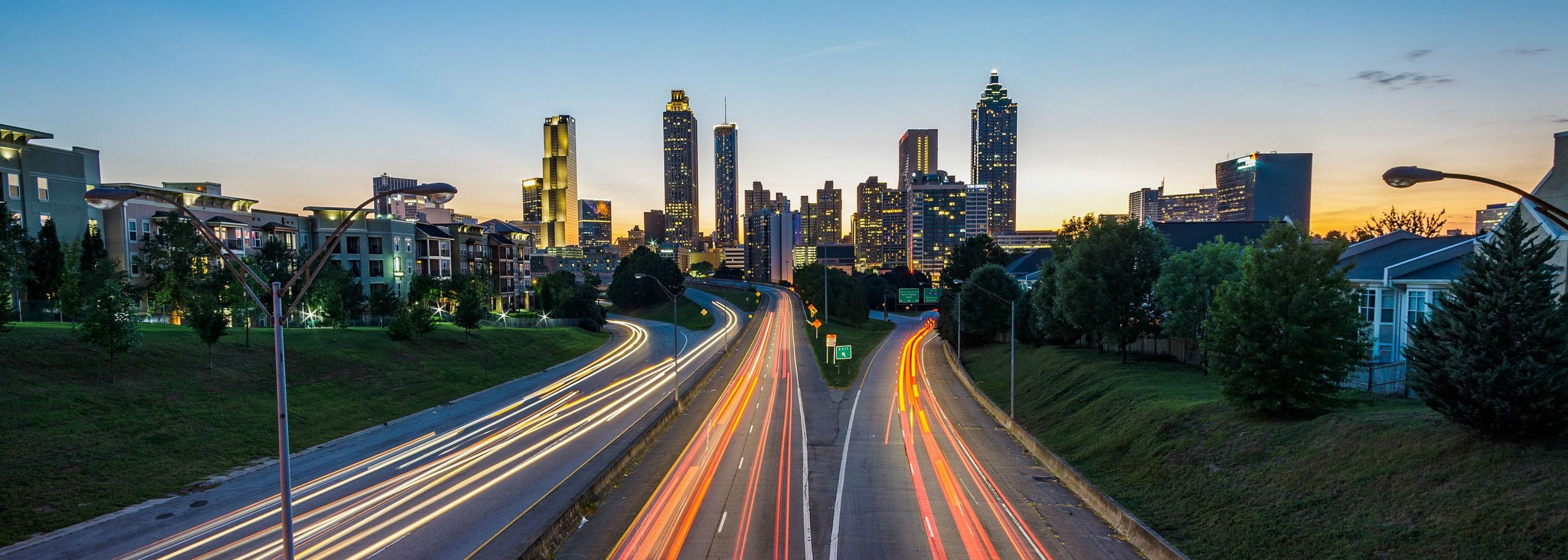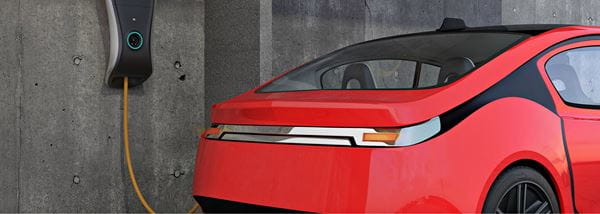
Why autonomous cars will be anything but autonomous...
What do we have to do about stand-alone cars that... will not be autonomous? Read the article and learn more about LeasePlan!
Not since John F Kennedy announced the dramatic goal of sending an American to the moon, has an endeavour quite captured the human imagination like the quest to create a fully autonomous vehicle (AV).
It’s easy to see why. From cutting road traffic accidents to almost zero to freeing up billions of square meters in our overcrowded cities, even making traffic jams a purely historical phenomenon, AVs – the experts say – have the potential to revolutionise our industries, cities and lives.
That may be so but the reality is that we will be waiting a very long time for these benefits to materialise – unless we act now and look beyond the autonomous car itself and think about the broader context in which they will operate.
Why? There are two key reasons
First, to ensure the safe operation of autonomous cars, we will need to make changes to our road system, all of which was built with human drivers in mind. These changes will need to accommodate autonomous cars’ weaknesses, such as their inability to interpret a construction worker’s hand gestures, and take advantage of their strengths, such as their lack of blind spots. This is a huge task, so one option would be to start with a few limited regions, make them ‘autonomy enabled’ and expand from there. Even with this approach, the task ahead is enormous. We therefore need to start now, anticipating infrastructural changes demanded by fleets of autonomous vehicles and integrating these requirements into regulators’ planning horizons.
Second, autonomous cars will be anything but autonomous: many, but not all of them, will belong to fleets of self-driving taxis (of both the ride-hailing and ride-sharing variety), rented out to customers when and where required. In this context, the availability, robustness and reliability of the autonomous mobility network will be determined not just by the cars themselves but by the availability of a broader service infrastructure. This is required to ensure the autonomous cabs we might hail are clean, safe and fully charged. To make building such a system simpler and more approachable, various partnerships are springing up.
What conclusions can be drawn from this? Car, tech and fleet management companies, as well as public agencies, will need to work closely together in the months and years ahead. Only then will the dream of autonomous vehicle fleets become a reality. In short, the age of autonomy will be anything but autonomous.





